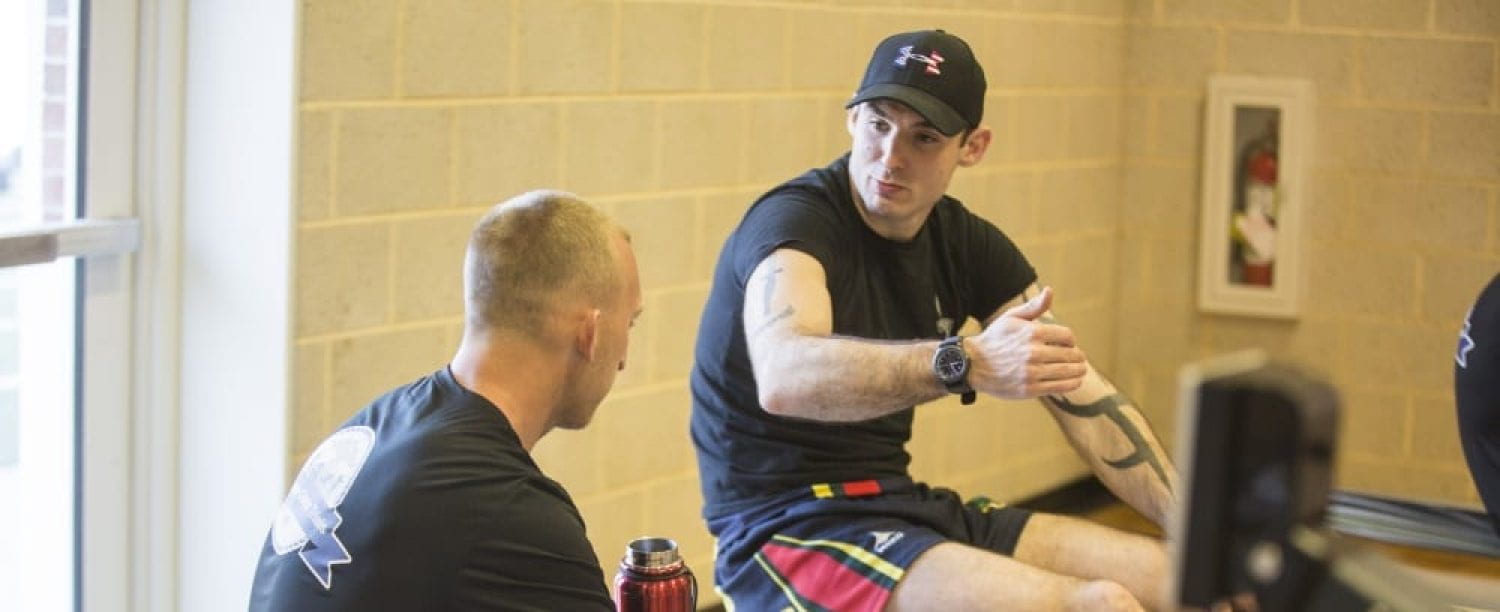Frozen shoulder has a Prevalence of 2 -5.3% in the general population 55 years of age has the highest and it is more common in females.
Today one of patients came in with shoulder pain and was given exercise for a subacromial impingement, however after the appointment I did some research on frozen shoulder as I never had a patient with it that I know of and I had a feeling that the patient could have had this and therefore if to be honest I didn’t know much about this condition. I looked up some articles on scholar and watched a few videos by Physio Tutors.
Hand et al,. (2007) Concluded that arthroscope biopsy material from the rotator interval in patients with frozen shoulder revealed immunocytochemical evidence of both chronic inflammation and proliferative (to produce rapidly) fibrosis (the thickening and scarring of connective tissue, usually as a result of injury Frozen shoulder).
Because of this the patient has limited movements in passive and active movement including external/internal rotation, flexion and abduction.
I watched a video on Physio tutors about the diagnosis of this condition and they said that you should compare the injured side to the uninjured side in movements of the shoulder while holding the scapular in place, where you are looking for 50 percent or 30 degrees limitation in external rotation to the other side and a reduce ROM in 2 other movements of the shoulder of at least 25 percent.
When looking back at my notes for my patient that I treated earlier, this match the clinical finding.
I found some exercises on the website Prehab guys. Anton (1993) explained the importance of stretching and strength base programme in the treatment of this condition, with out taking the shoulder in planes that aggravates the symptoms.
Looking at my exercise prescription for the patient I felt that I gave the correct ones. Some research talks about Tens to reduce the pain and ultrasound at the early stages; however, I have never been convinced on ultrasound because of the lack of research around frozen shoulder.
Today reminded me that its ok to mess up because I am still a student and therefore, I have a lot to learn. I remember a Physio telling me off for researching my own injury and when looking back he had mis diagnosed my injury even though he was 40 years in the specialisation and this kind of game me confidence in a weird way. I believe that if I learn from these mistakes then it was worth it. Like today which gave me a further knowledge of the frozen shoulder and made me research into it.
I prescribed exercises for a jumpers knee injury as well which included eccentric loading of the patella tendon.
Anton, H. A. (1993). Frozen shoulder. Canadian family physician, 39, 1773.
Hand, G. C. R., Athanasou, N. A., Matthews, T., & Carr, A. J. (2007). The pathology of frozen shoulder. The Journal of bone and joint surgery. British volume, 89(7), 928-932.
